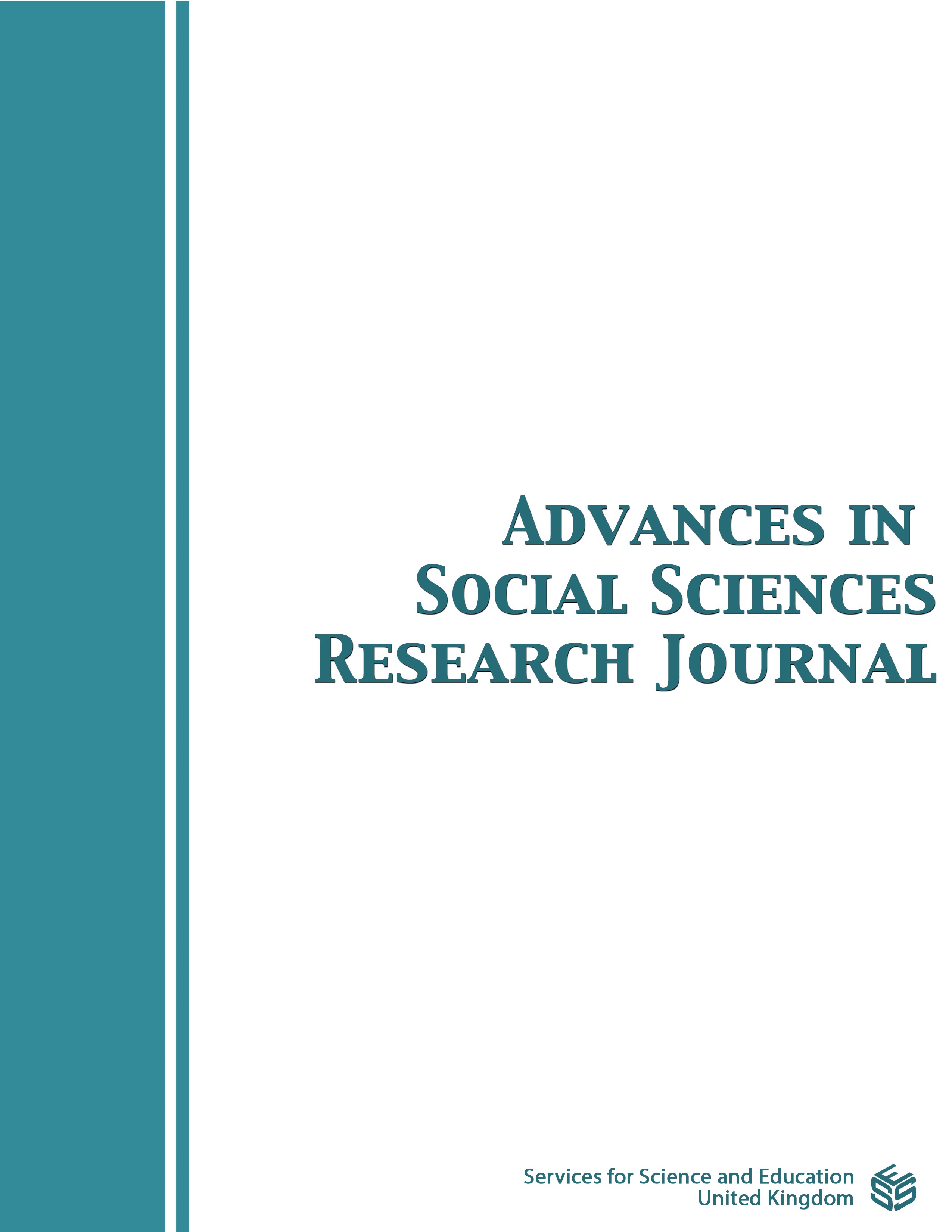Past and Recent In-Migrations Accelerated by High Population Growth Rate Culminating in Socio-Economic and Environmental Changes in Greater Kamwenge, Western Uganda
DOI:
https://doi.org/10.14738/assrj.1010.15563Keywords:
population growth, in-migrants, greater Kamwenge, poverty reduction, positive and negative contributionsAbstract
Greater Kamwenge, composed of Kamwenge and Kitagwenda districts has one of the highest population growth rates in the country (3.91%) during the period 2002 to 2014 compared to the national average of 3.03% (UBOS, 2014). The increasing population has resulted in an increase in population density from 82.69, 114.7, and 172.8 persons per square km in 1991, 2002, and 2014 respectively (UBOS, 2016). This paper was guided by three objectives: To examine the positive and negative implications of the continued increase of population in greater Kamwenge by both natural growth and in-migration. To analyze the positive and negative contributions of the in-migrants into the area. Suggest measures for improving the livelihoods of the inhabitants of the area. The paper utilised data from key informants and literature review. Land use land cover maps of the area of study were classified (maximum likelihood classification) using ArcGIS 10.8 software and the changes in land cover over the years were compared. The data was obtained from satellite images from 2000 to 2020. The authors observe that a number of benefits such as a variety of crops were introduced by the in-migrants at different times. Areas that were formerly infested with tsetse flies were made habitable by the in-migrants and animal rearing extended into areas that were not formally used for economic activity. On the other hand, the increase in population has led to encroachment on areas that were not formerly settled and cultivated leading to soil creep, erosion, destruction of wetlands, forests, and woodlands. The authors recommend strengthening the benefits of the immigrants in order to reduce poverty in the area. In addition, the authors recommend vigorous campaigns for modern family planning methods to reduce the high population growth, emphasize education and mindset change.
Downloads
Published
How to Cite
Issue
Section
License
Copyright (c) 2023 Fredrick Ruguma Tumwine, Geofrey Kizito

This work is licensed under a Creative Commons Attribution 4.0 International License.
Authors wishing to include figures, tables, or text passages that have already been published elsewhere are required to obtain permission from the copyright owner(s) for both the print and online format and to include evidence that such permission has been granted when submitting their papers. Any material received without such evidence will be assumed to originate from the authors.






